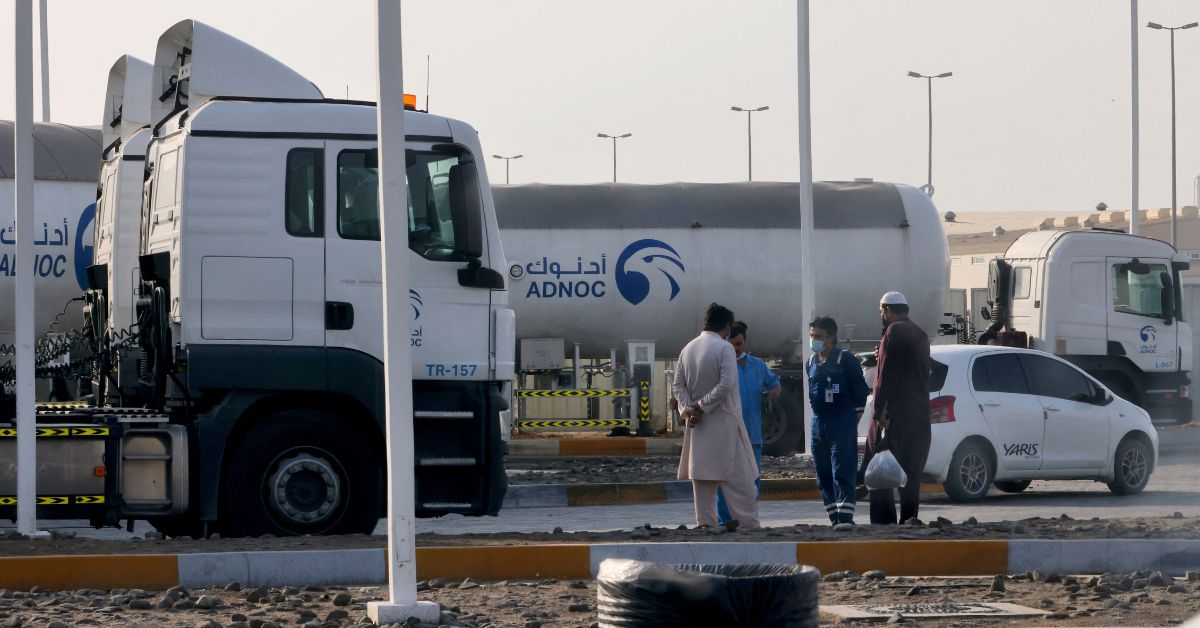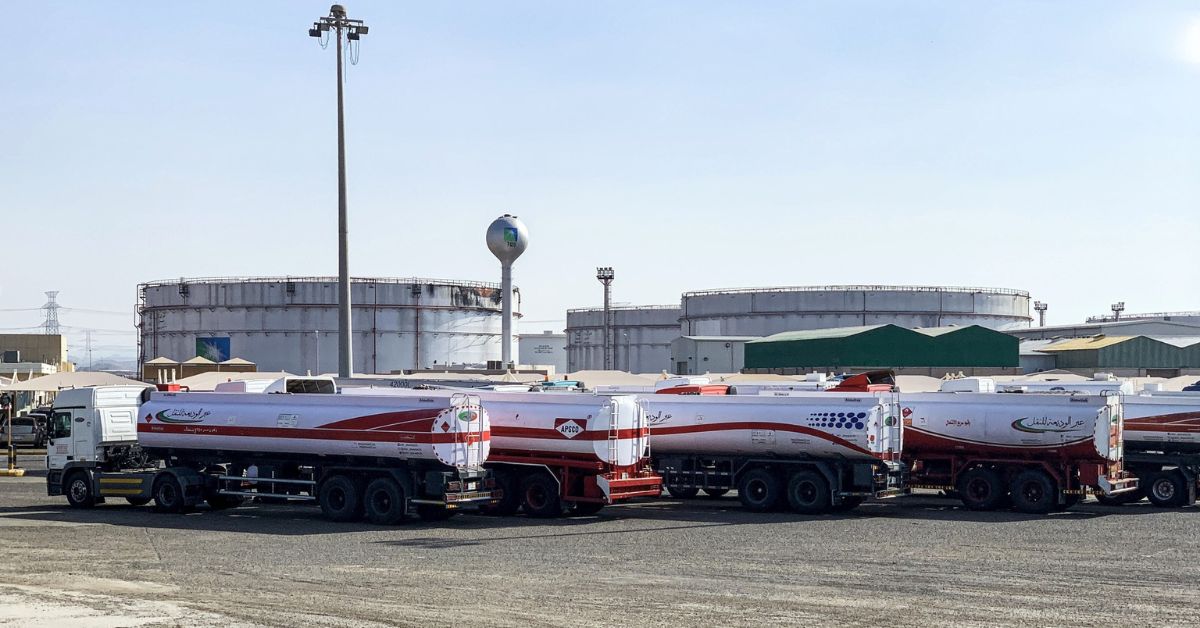DUBAI, UAE — Merger and acquisition activity in the Middle East has shown greater resilience than the global market, particularly in the UAE and Saudi Arabia. These two economies proved their solidity after overcoming the pandemic’s repercussions.
The state-owned enterprises and sovereign wealth funds were primarily active, according to Samuele Bellani, Managing Director and Partner at BCG.
In BCG’s research, ‘The Regional Perspective,’ Bellani added, “Economic diversification and enhancement of digital competencies will help drive near-term dealmaking.”
Middle Eastern merger and acquisition activity reached new highs in 2019 thanks to megadeals, and this trend continued into 2020. Since then, the market movement has been modest yet consistent.
While deal values worldwide fell by 45 percent in the first half of 2022, they remained relatively stable in the Middle East during the first half of 2023.
At A Glance * Merger and acquisition activity in the Middle East, especially in the UAE and Saudi Arabia, has shown greater resilience than the global market. * State-owned enterprises and sovereign wealth funds have been primary drivers in recent M&A activities. * BCG's Samuele Bellani emphasizes the role of economic diversification and digital competencies in driving dealmaking. * M&A activity in the Middle East reached new highs in 2019 due to megadeals, continuing the trend into 2020. * Despite a global decline, M&A deal values remained relatively stable in the Middle East in the first half of 2023. * Energy, chemicals, and technology sectors remain active in the Middle East's M&A scene in 2023. * Abu Dhabi National Oil Company (ADNOC) and Saudi Arabian Oil Company (Aramco) are making significant international acquisitions. * ADNOC expands into downstream industries; Aramco acquires stakes in global companies. * Brookfield Business Partners acquired UAE-based Network International to expand its payment business in the Middle East and Africa. * Middle Eastern sovereign wealth funds are investing diversely to move beyond natural resource dependence. * The MENA region recorded 318 M&A transactions in the first half of 2023, totaling US$ 43.8 billion. * Ernst & Young report notes the continuation of M&A trends from 2022, despite economic challenges. * The MENA region faces the necessity of economic diversification and strengthening digital and technological competencies. * The region is at a crucial point, with proactive measures towards diversification and digital advancement shaping its future.
Alternatively, compared to a 15 percent drop worldwide, deal volume in the Middle East fell 22 percent in the first half of 2023. Significant acquisitions drove the region’s merger and acquisition activity in Q2 2023, markedly improving from Q1 2022, according to Bellani.
Energy, chemicals, and technology in the Middle East have been reasonably active in 2023 despite market difficulties.
Middle East oil and gas players are increasing their global reach, as exemplified by Abu Dhabi National Oil Company’s announced acquisition of a 30 percent stake in the Absheron Gas Field in Azerbaijan from the State Oil Company of the Azerbaijan Republic and TotalEnergies, mentioned Bellani.
Additionally, ADNOC is expanding its reach into downstream industries, including retail and oil refining.
The Saudi Arabian Oil Company (Aramco) has acquired Chile’s Esmax Distribusción and a 10 percent stake in Rongsheng Petrochemical Co., both domiciled in China. The acquisition was valued at US$ 3.4 billion.
Even the chemicals sector is witnessing similar trends. Notable recent acquisitions include Aramco’s US$ 2.7 billion purchase of Valvoline Inc.’s global lubricants division in the US, and reports suggest ADNOC is in talks to acquire Covestro, a German chemicals company, for over US$ 10 billion.
In the technology sector, Brookfield Business Partners, a private equity firm, acquired UAE-based Network International in a deal valued at US$ 2.7 billion. The firm aims to expand its payments business in the Middle East and Africa, stated Bellani.
Armed with considerable capital and liquidity, Middle Eastern sovereign wealth funds are investing in a variety of areas, industries, and themes through the companies they support.
These companies are adopting diverse, long-term strategies to diversify their revenue streams beyond just the natural resource sector, contributing significantly to the growth of their respective national economies.
“To maintain an upward trajectory, Middle Eastern dealmakers must navigate the uncertainty surrounding fears of a global recession, geopolitical conflicts, and existing tensions. Amid these challenges, two near-term drivers of M&A activity are particularly notable,” Bellani said.
In the first half of 2023, the MENA region witnessed a significant boom in merger and acquisition deals, with 318 M&A transactions recorded, totaling a value of US$ 43.8 billion, according to a report by Ernst and Young.
Most of these deals, specifically 254 transactions worth US$ 42.5 billion, occurred in the GCC. On the other hand, there was a 14 percent decrease in the number of deals compared to the first half of 2022, but a slight increase in their value of 0.4 percent.

Ernst & Young indicates that the mergers and acquisitions market in the first half of the year remained in line with the trends observed in the latter half of 2022. Despite prevailing economic challenges such as high interest rates, fears of a possible recession, inflationary pressures, and geopolitical tensions, mergers and acquisitions continued. However, the report notes that dealmakers were cautious, considering uncertain market conditions.
To sum it up, the imperative for economic diversification in the MENA region is more critical than ever, as companies and governments recognize the necessity to move away from historical reliance on oil and natural gas production.
The journey toward economic resilience and sustainability demands strategic investments and a shift towards innovative sectors.
Concurrently, the digital era presents a formidable challenge to businesses and governments, compelling them to strengthen their digital and technological competencies.
With the looming disruptions introduced by generative AI, acquiring essential capabilities becomes paramount. In navigating this transformative landscape, embracing technological advancements and fostering a diversified economy will fortify the region against economic uncertainties and position it as a hub for innovation and growth in the global arena.
The MENA region stands at a pivotal juncture, where proactive measures toward economic diversification and digital prowess will undoubtedly shape its future trajectory.







